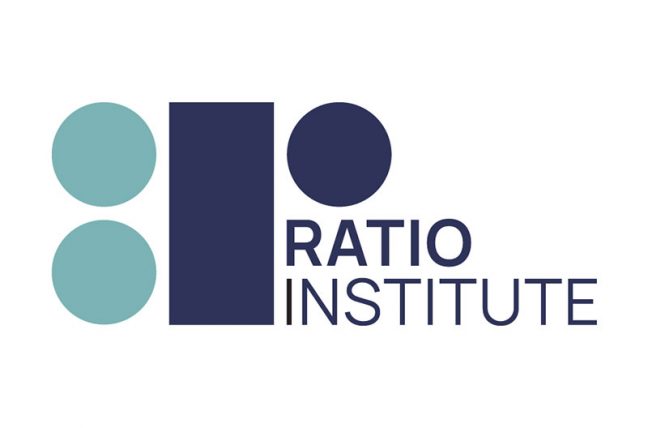Merchandise loss, also known as shrink or food waste, poses a persistent economic challenge for grocery stores. While the topic may not always provoke an emotional response, by the end of this article, you may find yourself reflecting on the true cost of waste.
In fact, you might say you’ve WEPT – a helpful acronym that breaks down the four key drivers of merchandise loss, which include waste, execution, portion control and theft.
As part of our series on effective resource management (also known as sustainability), we focus on quantifying opportunities that lead to more strategic implementation. Previous articles explored how food retailers can benefit from engaging store employees and managing refrigeration systems. 
In the resource management classes I teach at a local university, we define waste as a resource in the wrong place at the wrong time. Grocery stores handle a wide range of materials daily – cardboard, rigid and film plastics and organic waste. Much of these materials are recycled or diverted from the waste stream. Once its primary use has been fulfilled, each item has the potential to be treated as a resource.
Although the volume of materials moving through a grocery store is substantial, it is also measurable. Measurement is the first step in effective resource management. Quantifying the value of reducing merchandise loss is essential to minimizing food waste. According to Ratio Institute, every pound of food discarded costs the business about $1.
Understanding cost
How is this cost calculated?
An average 45,000-square-foot store generates just under $22 million in annual sales, with a cost of goods sold (COGs) of $14.96 million. Average merchandise loss is about 3 percent and, of that, 25-30 percent – or about $112,200 to $134,000 – is attributed to poor execution, including unsatisfactory product handling, cold chain issues and ineffective exit strategies.
In departments where most food waste occurs – dairy, produce, meat, deli and seafood – merchandise loss exceeds 5 percent. When the value of lost COGs is combined with weekly waste-hauling fees (ranging from $100 to $150 per ton), the cost approaches $1 for every pound of food discarded.
At a 1.74 percent profit margin (the 10-year average), $18 in sales is required to generate $1 in EBITDA (earnings before interest, taxes, depreciation and amortization). This means that every 100 pounds of food waste necessitates a $1,800 increase in sales to offset the loss.
WEPT Framework
To better understand the drivers of merchandise loss, consider the WEPT framework, developed by Rick Findlay, VP of foodservice and international at Dairy Farmers of Wisconsin:
- Waste (55-60 percent): Often results from over-ordering, inaccurate forecasting and labor scheduling issues.
- Execution (25-30 percent): Includes workplace practices, product handling, cold chain management and exit strategies. For example, a product left unrefrigerated for 15 minutes can lose a full day of shelf life.
- Portion control (5 percent): Relates to accurate measurement and serving practices.
- Theft (5 percent): More than half of theft is internal. Engaging employees can improve morale and reduce internal theft more effectively than focusing solely on shoplifting.
As discussed in our May article, engaging employees in strong workplace practices leads to better resource management. Every item in a store passes through the hands of an employee, creating multiple decision-making opportunities during each shift.
Companies that successfully engage employees are more effective at reducing merchandise loss. Gallup reports that organizations with engaged employees are 21 percent more profitable, experience 28 percent less internal theft and see an 18 percent increase in productivity.
[RELATED: Effective Resource Management Strategies For Cutting Costs, Driving Profits]
Turning loss into opportunity
Merchandise loss represents a missed opportunity for those committed to effective resource management. Disposal costs can be reduced through donation programs, which redirect food to families in need – placing resources in the right place at the right time.
Consider implementing food waste awareness training and an employee certification program. These initiatives not only help reduce merchandise loss but also provide meaningful value to employees.
Peter Cooke is co-founder of the Ratio Institute, an independent nonprofit organization dedicated to accelerating measurable sustainability and viability in food retail through expert collaboration, industry resources and practical tools. To learn more, visit RatioInstitute.org.

